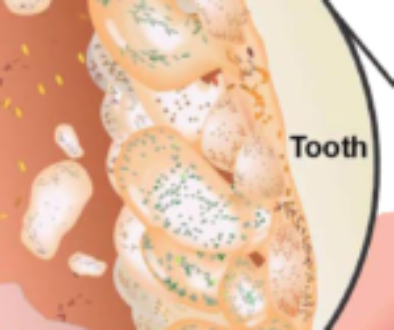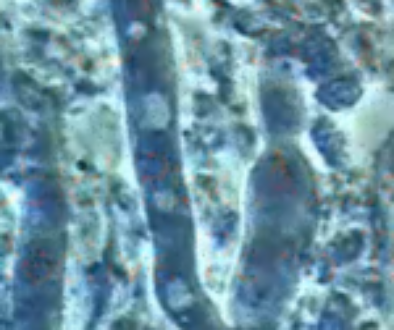White Blood Cells
This oral biofilm video depicts White Blood Cells (WBC) Too Numerous to Count (TNC). Shown at both 400X & 1,000X using a BioScan Phase Contrast Microscope. Most oral biofilms typically have some WBC’s. However, when WBC’s become TNC, it’s indicative of inflammation. Ironically, it’s the influx of massive numbers of WBC’s that actually causes the periodontal inflammation! They become the unwitting allies of periodontal pathogens.
Periodontal pathogens have a population problem. In an ideal environment like the sulcus, they reproduce incredibly fast, doubling their numbers every 4.5 hours. Their problem is that there’s a limited food
supply in a healthy sulcus. Some pathogens solved that problem by developing the ability to manipulate the genetic machinery of WBC’s.
As their numbers increase and food becomes scarce, they up-regulate the genes that recruit WBC’s and guide them to the sulcus. Huh? Why would pathogens want to recruit immune cells whose main job is to destroy them? Ordinarily, pathogens wouldn’t, but, in addition to being able to up-regulate WBC genes, they can also down-regulate the genes that control phagocytosis. Altogether, periodontal pathogens are capable of up and down-regulating some 100 WBC genes to their advantage.
What’s the advantage of attracting tens of thousands of WBC’s? WBC’s are full of potent destructive enzymes and only have a 3 day life span. Normally, those enzymes would be consumed digesting pathogens. When that doesn’t happen, all of those enzymes are released when the WBC dies; destroying any cells nearby … including the epithelial cells that form sulcus. Multiply that by tens of thousands of dying WBC’s. The end result is massive cellular destruction and inflammation all of which provides a rich food supply for pathogenic growth.



